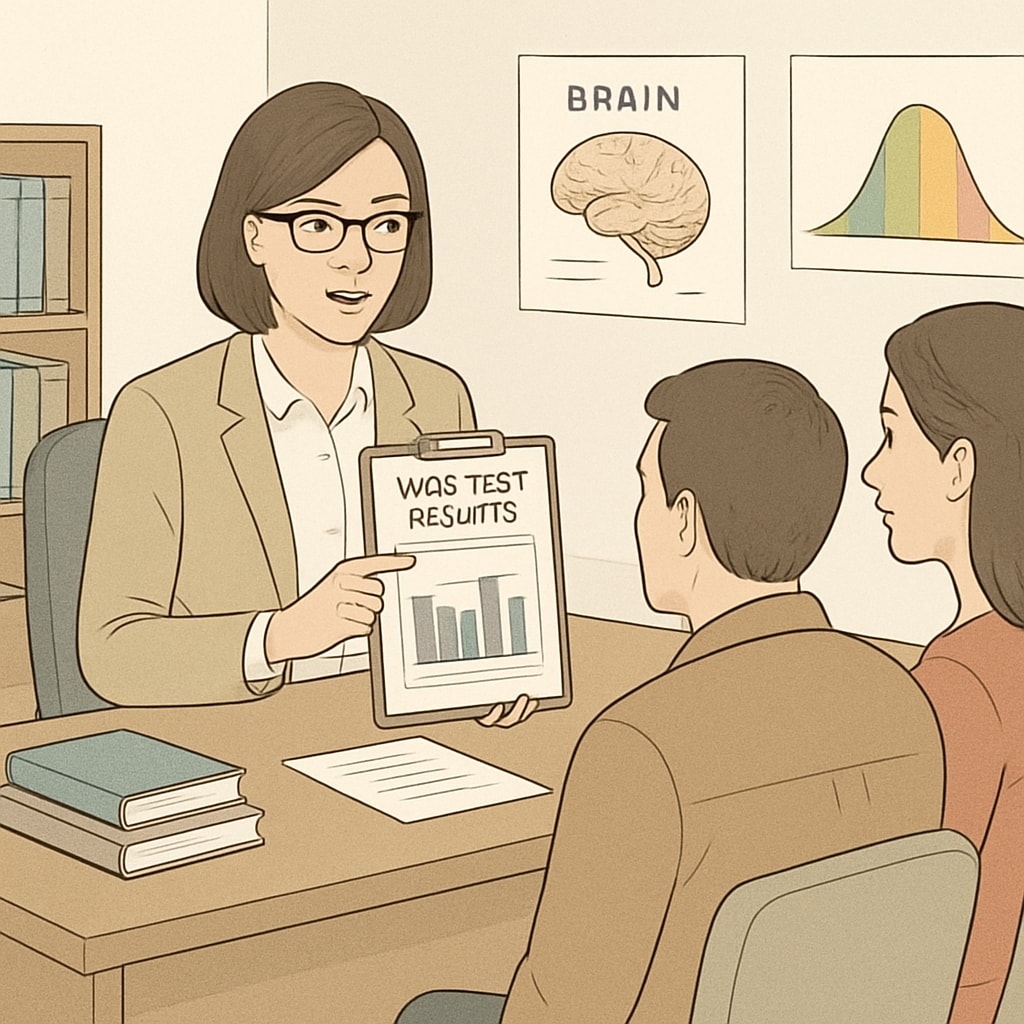For parents and educators, identifying and nurturing the unique abilities of gifted children can be both exciting and challenging. Talent assessment tools like CogAT, WISC, and Stanford-Binet are often used to better understand children’s strengths and weaknesses. These standardized tests offer valuable insights into cognitive abilities, helping families and schools develop tailored strategies for learning and growth. But how do you determine which test is the best fit for your child? Let’s break down the key features and applications of these popular evaluation tools.
Understanding the Role of Talent Assessment Tests
Talent assessment tests are designed to measure various aspects of a child’s intellectual and cognitive abilities. These tests help identify areas where a child may excel or need additional support. For example, the Cognitive Abilities Test (CogAT) evaluates reasoning skills, while the Wechsler Intelligence Scale for Children (WISC) provides a full-scale IQ score and subtest-specific insights. The Stanford-Binet Intelligence Scale, another widely used tool, is notable for its broad age range and focus on general intelligence.
Choosing the right test depends on your child’s age, developmental stage, and the specific insights you hope to gain. Below, we explore each test in detail to help you make an informed decision.

Cognitive Abilities Test (CogAT): Ideal for Group Assessment
The Cognitive Abilities Test (CogAT) is one of the most popular tools for assessing reasoning skills in children. It measures three primary areas: verbal, quantitative, and non-verbal abilities. CogAT is particularly useful for group testing and is often administered in schools to identify gifted students.
Key Features of CogAT:
- Focus: Measures reasoning and problem-solving skills.
- Age Range: Suitable for children in grades K-12.
- Application: Commonly used for admissions to gifted and talented programs.
However, CogAT does not provide a traditional IQ score and may not be the best choice for understanding a child’s full intellectual profile. For a more comprehensive evaluation, tests like WISC or Stanford-Binet may be better suited.
Wechsler Intelligence Scale for Children (WISC): A Comprehensive Tool
The WISC is a highly regarded test that provides a detailed picture of a child’s cognitive abilities. It consists of multiple subtests that evaluate skills such as memory, processing speed, verbal comprehension, and visual-spatial reasoning. A full-scale IQ score is calculated, along with index scores for specific cognitive domains.
Key Features of WISC:
- Focus: Offers detailed insights into intellectual strengths and weaknesses.
- Age Range: Designed for children aged 6–16 years.
- Application: Often used for diagnosing learning disabilities or identifying giftedness.
The WISC is ideal for individualized testing, particularly when parents or educators suspect that a child may have specific learning challenges or advanced abilities.

Stanford-Binet Intelligence Scale: A Versatile Option
The Stanford-Binet Intelligence Scale is one of the oldest and most respected IQ tests available. It assesses five factors of cognitive ability: fluid reasoning, knowledge, quantitative reasoning, visual-spatial processing, and working memory. This test is unique in its ability to measure intelligence across a wide age range, from toddlers to adults.
Key Features of Stanford-Binet:
- Focus: Measures general intelligence and specific cognitive abilities.
- Age Range: Suitable for ages 2–85+ years.
- Application: Often used for academic placement and diagnosing intellectual disabilities or giftedness.
While Stanford-Binet is versatile, it may take longer to administer compared to other tests, and its cost is higher. Nonetheless, the depth of information it provides makes it a valuable tool for understanding a child’s potential.
How to Choose the Right Test for Your Child
Selecting the best talent assessment test involves several considerations:
- Goals: Are you seeking general insights into your child’s abilities, or do you need specific information for academic placement?
- Age: Ensure the test is appropriate for your child’s developmental stage.
- Setting: Will the test be administered in a group (e.g., CogAT) or individually (e.g., WISC or Stanford-Binet)?
In addition, it’s important to consult with educational psychologists or other professionals who can guide you through the process. Testing is only one part of the equation—observations from parents and teachers also play a crucial role in understanding a child’s needs.
The Bigger Picture: Supporting Your Child’s Growth
While talent assessment tests like CogAT, WISC, and Stanford-Binet provide valuable data, they are not the sole determinants of a child’s potential. It’s essential to create an environment that fosters curiosity, resilience, and a love of learning. Encourage your child to explore their interests, celebrate their achievements, and provide support when challenges arise. By combining test results with a holistic approach to development, you can help your child reach their full potential.
For further information on these tests, you can visit authoritative resources like the Britannica page on intelligence tests or the Wikipedia page on WISC.
Readability guidance: Use short paragraphs and bullet points to summarize key details. Incorporate transition words like “however,” “therefore,” and “for example” to maintain a clear flow. Ensure that the passive voice is minimized, and aim for concise language that is accessible to a wide audience.


